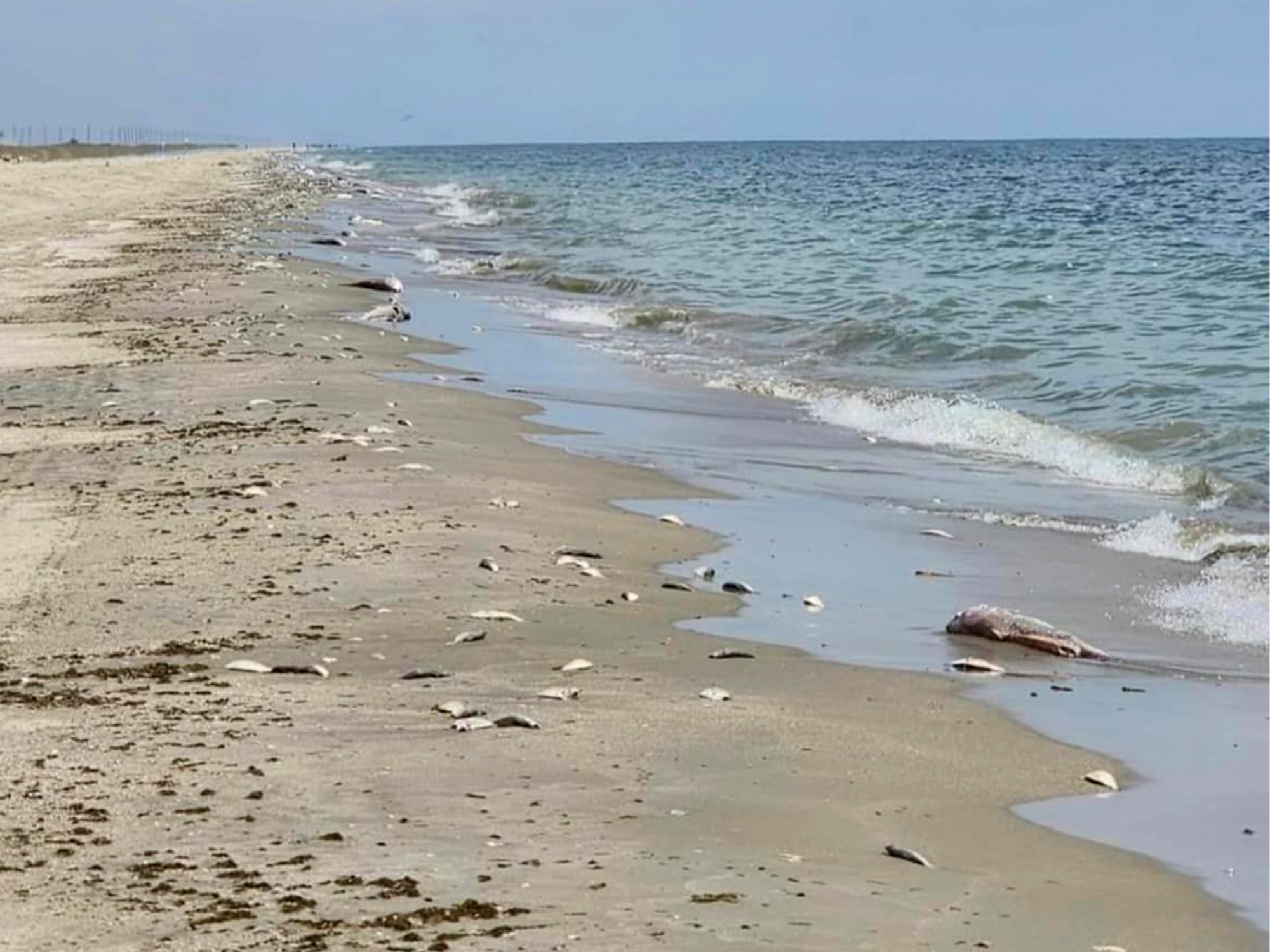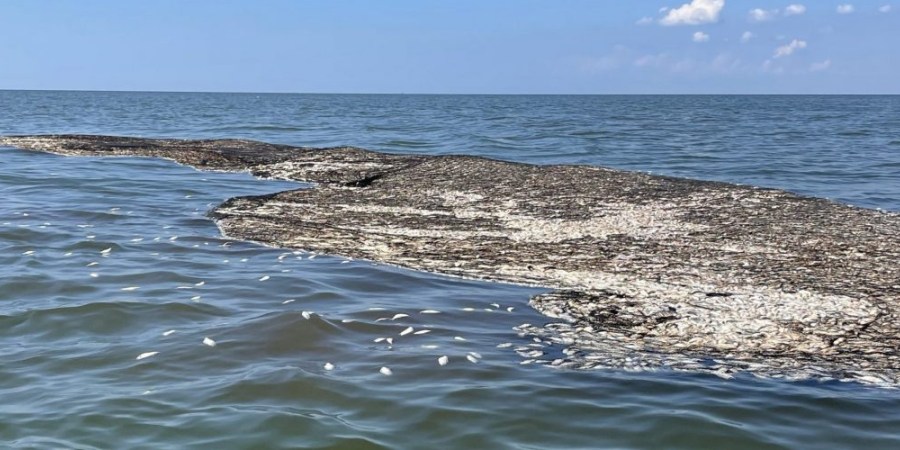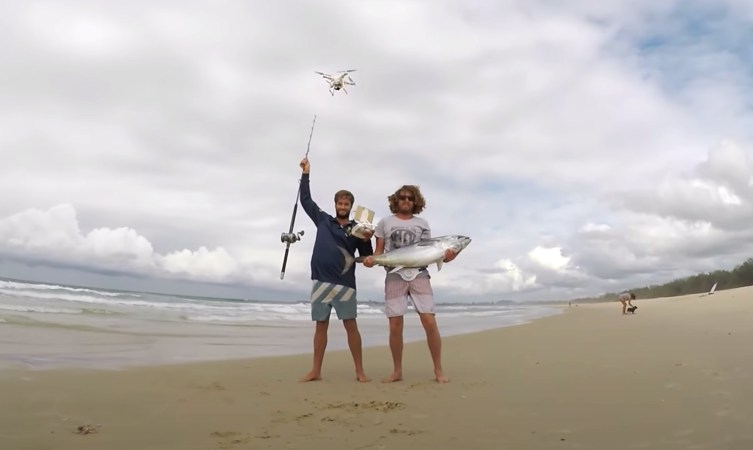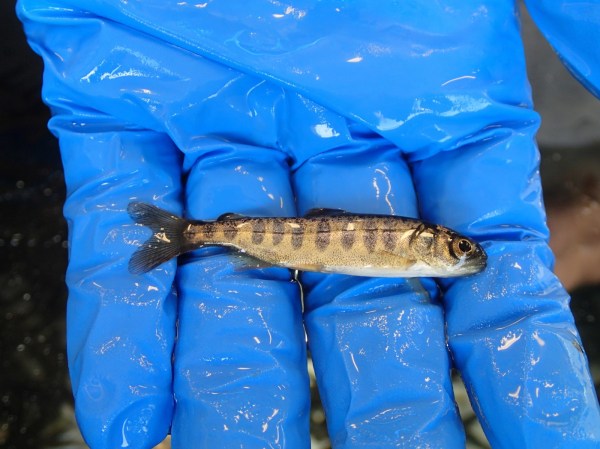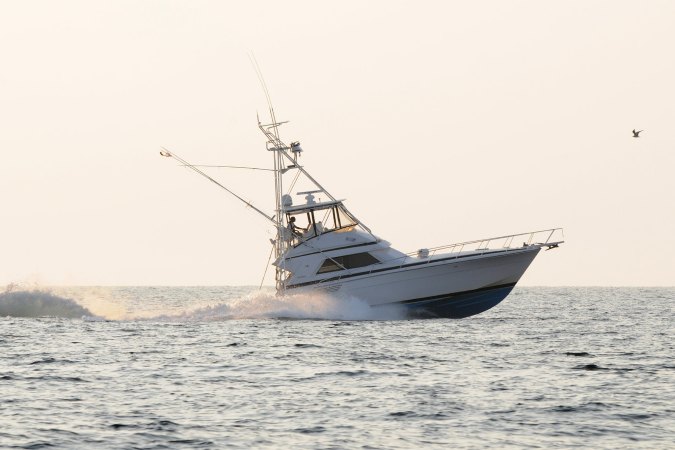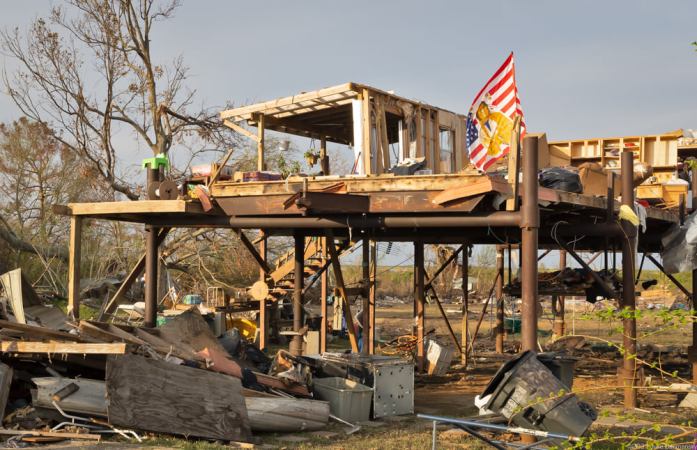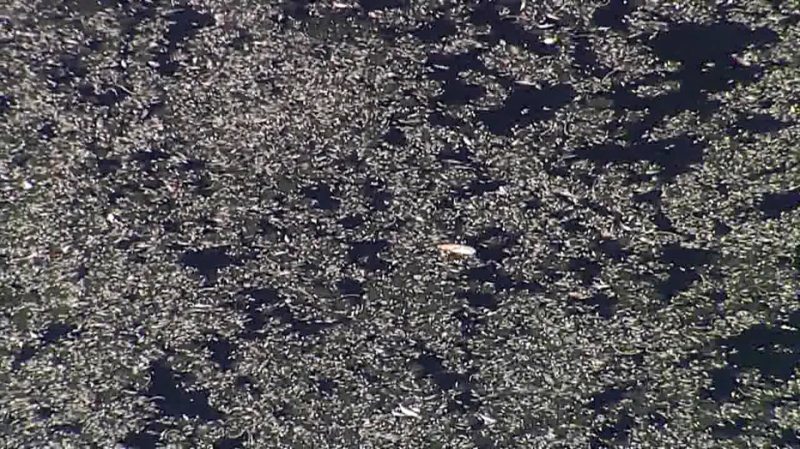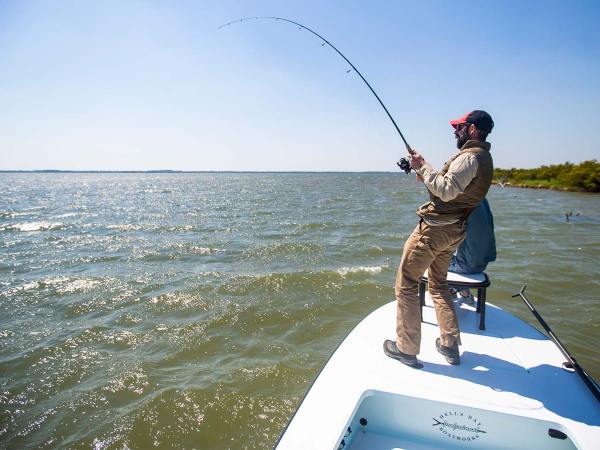Nearly a million dead fish washed ashore along the southwest Louisiana coastline between Sept. 11 and Sept. 14. This was the direct result of multiple commercial fishing boats dumping an estimated 850,000 fish from their overfilled nets, according to NOLA.com. The waves of dead fish, primarily menhaden with hundreds of redfish interspersed, have led to louder calls for stricter limits on the state’s commercial menhaden fishery, which has long been seen as a destructive force in the Gulf of Mexico.
The ecological damage was most visible around the community of Holly Beach, located between Sabine Lake and Calcasieu Lake just east of the Texas border. The marshy coastline is treasured by duck hunters and inshore fishermen, many of whom were shocked to see the large number of dead redfish (also known as red drum) that washed ashore. This isn’t the first time this has happened, making it all the worse. Last September, commercial fishing boats dumped another million dead menhaden in the same location.
“The menhaden industry likes to talk about how rare these incidents are and how unfortunate they are, but they are simply not rare,” Chris Macaluso, marine fisheries director for the Theodore Roosevelt Conservation Partnership, told NOLA.com. “And to see hundreds of redfish dead on the beach, you can’t help but be concerned.”
The two companies responsible for the most recent fish spill are Omega Protein and Westbank Fishing. During the first incident on Sept. 11, an Omega vessel ripped one of its nets, which spilled around 200,000 fish. Then, on Sept. 14, another Omega boat broke its net and lost another 350,000 fish. Around the same time, a vessel owned by Westbank dumped between 100,000 and 300,000 fish into the Gulf.
In the Westbank incident, NOLA.com reports, the fishermen dumped the fish because they caught an “unmanageable load” and chose to waste part of the catch rather than let the whole load go. In every incident, most of the fish had already died in the gill nets. This included the hundreds of redfish that were scooped up as bycatch.
Both companies are big players in the Gulf’s menhaden netting industry, which represents the largest segment—in terms of sheer poundage—of the region’s larger commercial fishery. Commercial menhaden boats operating in the Gulf brought in 1.1 billion pounds (valued at roughly $102.4 million) of the oily baitfish during 2019 alone, according to the Science Center for Marine Fisheries. These fish (also known as pogies or bunker) are mostly ground up for supplements, animal feed, and fertilizers, but they’re also a vital part of the marine food web. Conservationists and sportfishing advocates say the state should place stricter limits on the industry.
Read Next: Millions of Dead Fish Clog Australian River in Catastrophic Fish Kill
One potential solution that’s been floated by groups like the Coastal Conservation Association is to prohibit commercial menhaden netting within a mile of the state’s coastline. This 1-mile buffer zone was proposed formally in 2020, and it would have mirrored similar regulations in neighboring Texas and Louisiana. However, the plan was voted down that year by the Louisiana Department of Wildlife and Fisheries.
After what happened earlier this month, LDWF has launched an investigation into the two companies responsible for the fish spills. LDWF assistant secretary Patrick Banks told reporters that the penalty amount will be determined once the value of the dead fish is calculated. Banks clarified that the violation is for failing to report the wasting of the fish.

